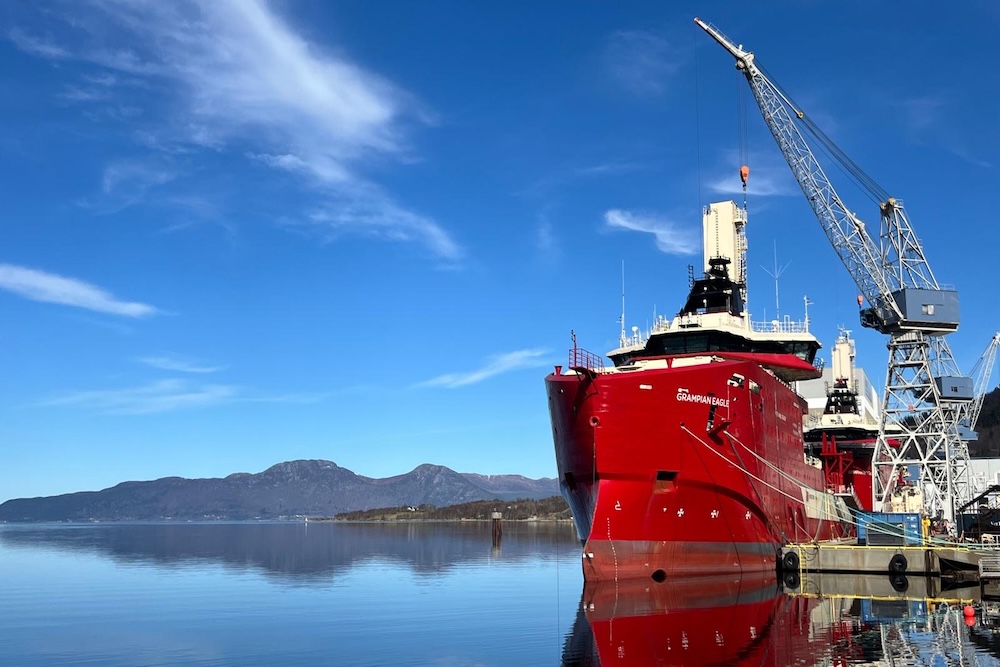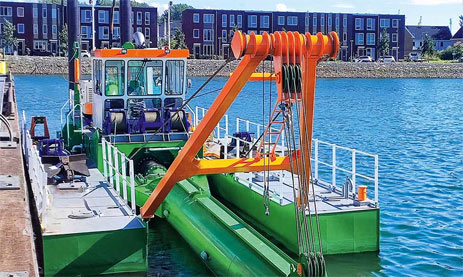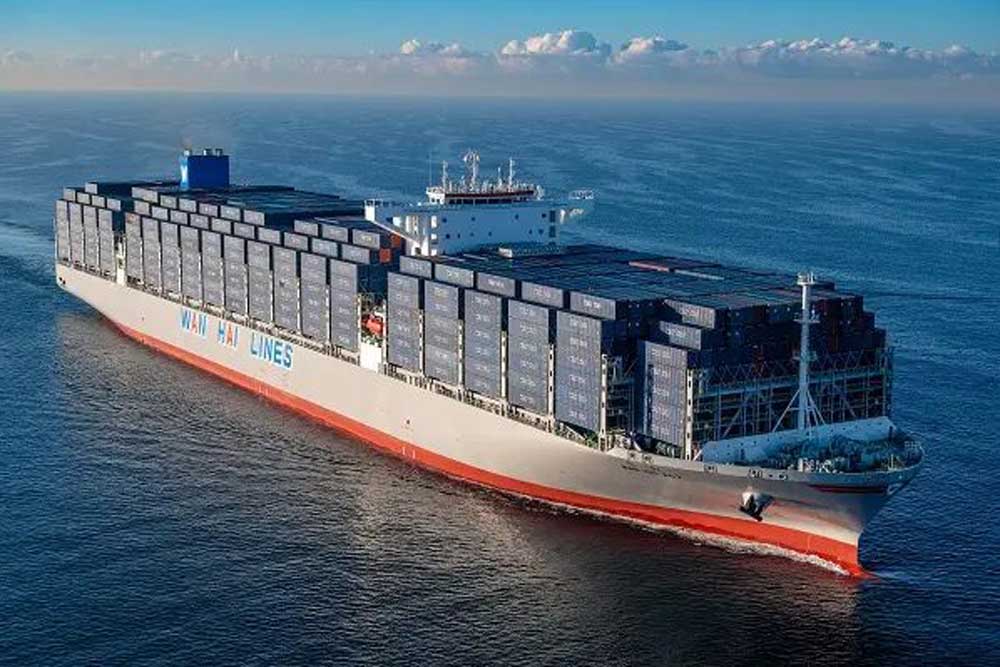UK offshore vessel operator North Star has become the first Lloyds Register class partner to receive its new cyber resilience classification.
The certification meets the mandatory standards of the International Association of Classification Societies (IACS), which will be required for all newbuildings from July 1, 2024. The two new CSOVs (Commissioning Service Operation Vessels) “Grampian Kestrel” and “Grampian Eagle” thus set an industry standard for protection against cyber attacks at sea.
The certification is also intended to strengthen their resilience to digital threats, ensure continued operation even in an emergency and enable rapid recovery of systems after an incident – to protect personnel, on-board systems and critical offshore operations.
First cyber resilience certification according to LR guidelines
The two ships are the first in the world to be officially certified according to the LR guidelines for cyber resilience, which implement the IACS regulations UR E26 (“Cyber Resilience of Ships”) and UR E27 (“Cyber Resilience of On-Board Systems and Equipment”).

The vessels, based on the “VARD 4 22” design, were built at the Norwegian shipyard Vard Langsten and are the first CSOVs in North Star‘s growing offshore wind fleet. The company plans to have up to 40 of these specialized units in operation by 2040.
“Being the first company to have our newbuilds certified according to the new IACS standards is a great achievement,” emphasizes Gitte Gard Talmo, CEO of North Star. The close cooperation with Vard and Lloyd’s Register was crucial in this process. “I am particularly proud of our IT and special projects team, who have been driving the cyber resilience of our CSOVs with great dedication – giving us a real edge in the industry. We are ready to support Europe’s offshore wind expansion in the next phase – with confidence, security and future-proof thinking from the outset.”
As a fully integrated ship operator and builder, the company has invested heavily in advanced automation and digital technologies for its offshore wind fleet – key building blocks for performance control and safe operability at sea. As part of the cyber resilience certification, all safety-critical systems of the new CSOVs have been comprehensively tested. These include, for example, the software system for dynamic positioning and the complex control of the Voith-Schneider propulsion units, which make a decisive contribution to operational safety and the well-being of the crew.
Starlink communication technology for better connectivity on board
In addition, the vessels are equipped with Starlink communication technology to significantly improve connectivity on board. With the new certification, both North Star personnel and technology are better protected against cyber threats – without limiting their operational capability.
“Cyber resilience is no longer an option, it’s a must,” emphasizes James Bradford, Chief Technology Officer at North Star. “That’s why our new buildings are equipped to not only defend against cyber attacks, but also to respond quickly and adapt to changing threat situations. This means our customers can rely on uninterrupted, secure service and consistently high performance – and their operations and maintenance projects stay on track and protected,” Bradford continued.
“Our IT and special projects team has worked diligently to implement IACS specifications UR E26 and UR E27 in all layers of our CSOVs’ on-board and networked software systems. This ensures that the systems are secure, compliant and resilient to cyber threats from the ground up.” This strategy is a key part of our long-term vision: to transform traditional ship operations into fully digitalized, secure-by-design processes – and thus strengthen our role as a reliable partner.
“The implementation of our cyber resilience classification is that,” says Duncan Duffy, Global Head of Digitalization at Lloyd’s Register, praising the collaboration. “North Star and VARD had already formulated clear goals for the cyber resilience of their fleet before the official introduction of the IACS specifications UR E26 and UR E27. It has been very constructive to work together through the design and implementation of this process for vessels that are both technologically advanced and highly complex.”
The “Grampian Kestrel” will be put into service for EnBW in May and will be deployed for the first time on the He Dreiht offshore wind farm in Germany. The “Grampian Eagle” is being prepared for a contract start in July.















